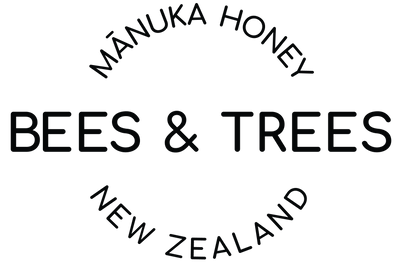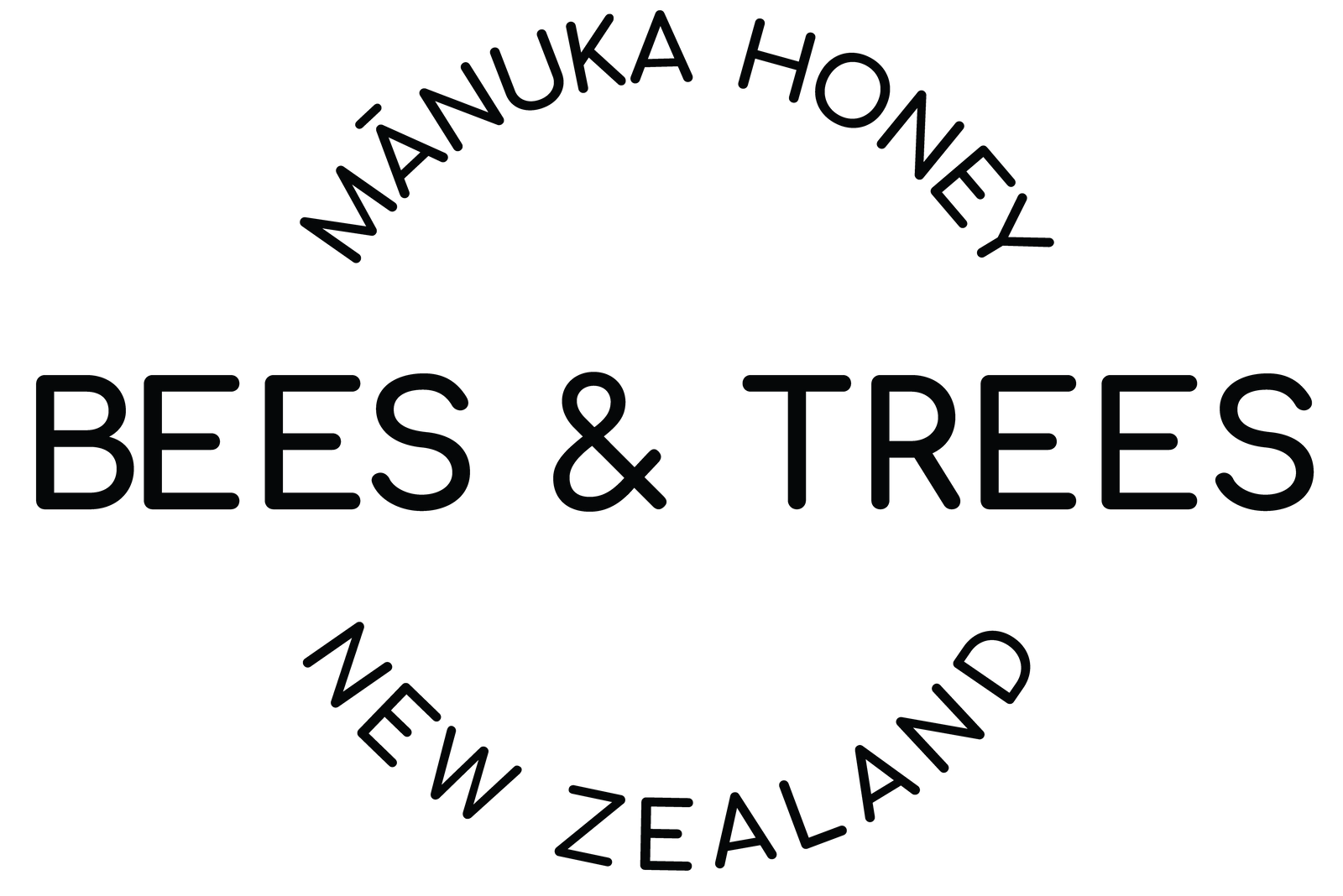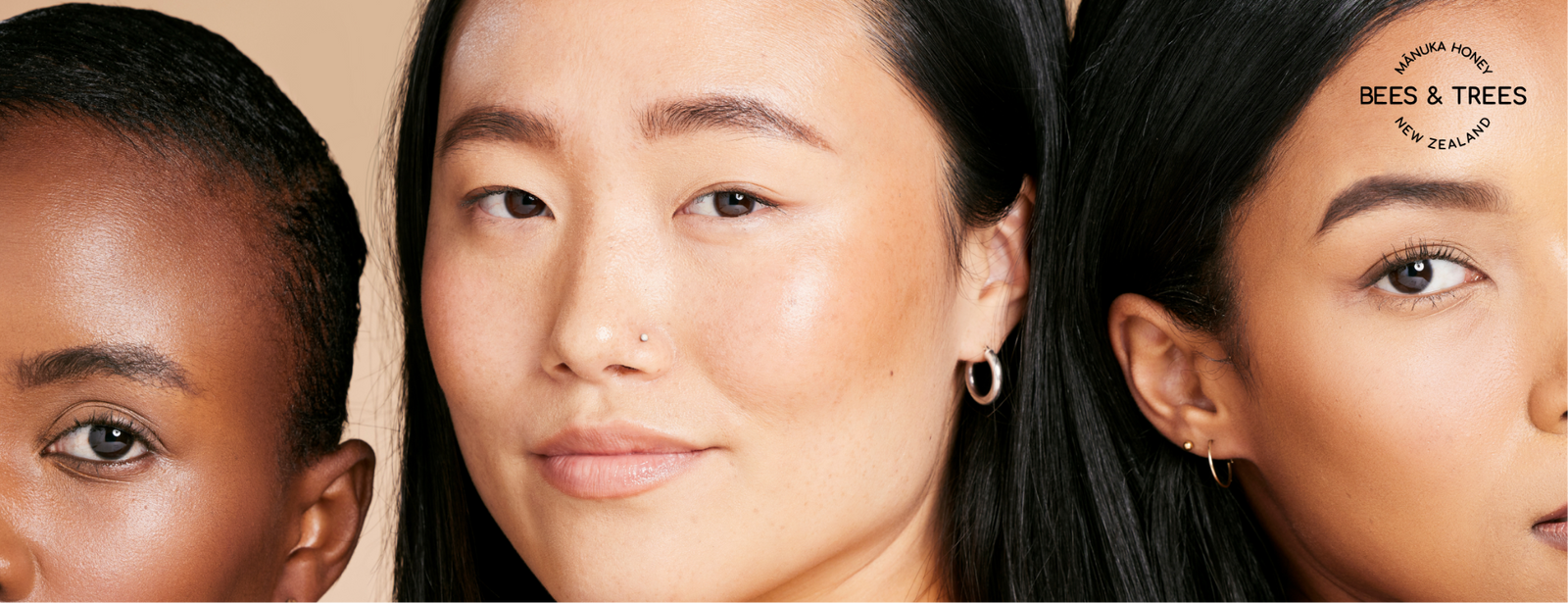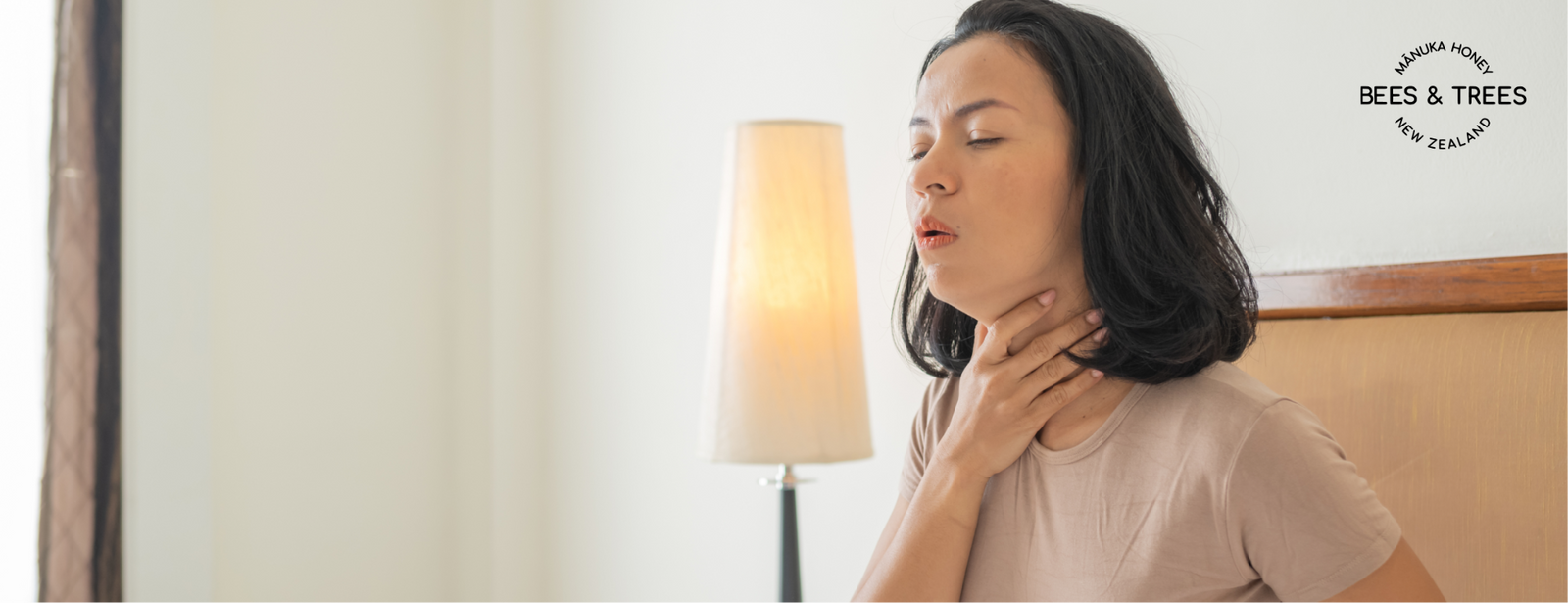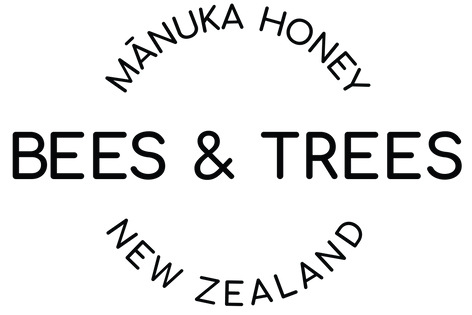With so many brands of Manuka honey available at vastly different prices, how do you know which one to buy? Which brands are really what they claim on their label? Which strength should I buy? Does spending more money guarantee a better product? Does buying one with a higher number on the label mean it’s more potent? If you are ready to pull your hair out from frustration and confusion, you are not alone. Because Manuka honey has a somewhat complex profile, many brands purposefully confuse consumers to make you think you’re getting something you are not.
But don’t fret, we are going to sort all of this out for you. Once you are armed with the Manuka honey facts, you’ll feel confident when purchasing your next jar of Manuka honey.
What’s so great about Manuka honey?
First, let’s briefly talk about why Manuka honey is so great. It may be most commonly known for its super potent antibacterial properties – and that is quite true. But Manuka honey has a host of synergistic properties that make it one of

Nature’s most compelling superfoods. Manuka honey’s health and wellness properties range from antibacterial, antibiotic and wound healing, anti-inflammatory, antiviral, to immune-stimulatory. It is effective in treating skin infections in wounds, acne, eczema, rashes, and even potentially cancer(1). Manuka honey is also effective in the treatment of gastrointestinal problems(2), and sinus infections(3). Much research has been done on Manuka honey, proving its effectiveness for a wide variety of health and wellness issues.
The Manuka plant, and thus Manuka honey, is only found in New Zealand and parts of Australia causing it to be a low supply, high demand product. This fact coupled with the honey’s amazing health and wellness properties are the reasons why Manuka honey is so much more expensive than typical table honey.
What makes Manuka honey different?
In the 1990’s, Dr. Peter Molan of the Waikato University in New Zealand discovered a very unique and special property of Manuka honey. Dr. Molan was studying the health properties of honeys which are normally attributed to a “hydrogen peroxide” effect. Dr. Molan discovered that Manuka honey had a different property, what he termed a "non-peroxide activity" (NPA). NPA was in the early days measured by observing the inhibition to growth of bacteria within honey samples. Then, Professor Thomas Henle at the Technical University of Dresden in Germany set out to isolate what it was in Manuka honey that was producing this antibacterial effect. He isolated a compound called methylglyoxal (MG) as having a direct correlation to the NPA level of Manuka honey. Dr. Peter Molan later released a paper about methylglyoxal(4), and in it he states “the level of methylglyoxal present is actually a much better indicator than the NPA rating for consumers to see the relative potency of Manuka honeys on sale.” He concludes by saying that stating the level of methylglyoxal (MG) would be good for the industry and would help curb misleading labeling practices too. All that this requires is the “education of consumers to have them realize that the antibacterial potency is directly proportional to the level of methylglyoxal.” Currently, several producers of Manuka honey are labeling their honey with the actual level of methylglyoxal.
How do I know which brand to buy?

There seems to be no consistency when looking at different Manuka honey labels. Brands have various ways to convey what’s in their honey, and this makes it very confusing to know what you’re getting. In order to help reduce this confusion, the New Zealand Government has stepped in to regulate the labeling of Manuka honey. As a result, there are now only two ways to properly label Manuka honey. Manuka honey should either be labeled with the actual amount of methylglyoxal (MG) or with a UMF rating (Unique Manuka Factor). The UMF factor correlated to the MG level, see chart below (1).

Note 1 - This chart shows the correlation between a UMF rating and the MG concentration of the honey. To display the UMF trademark on the label the honey must also be tested for threshold levels of Leptosperin and Hydroxymethylfurfural (HMF). These are two of the 6 chemical markers, plus a DNA marker that are typically tested for on Manuka honey. Four of the six chemical markers, plus the DNA marker are required by the NZ government before Manuka honey can be exported.
When you see anything else on a label of Manuka honey, you should steer clear. Examples of what continues to show up on labels include: “Active 15+”, “Bio-Active 15+”, “Total Activity 15+”, “K-Factor 15+”, and others. The 15 in these examples is just an example; you will typically find numbers ranging from 5-20. Truly reputable brands have complete transparency to their consumers and will provide a report from an independent laboratory with testing results showing the actual levels of methylglyoxal in the honey. All you should have to do is ask to see the report. If the company does not provide the report, don’t trust that their honey is what they claim it to be.
What potencies should I use?

The potency that you should choose depends on what your needs are. To use it preventatively for general health and well-being, we suggest 200 to 500 MG, one to two teaspoons a day. If you are going to use it for a specific issue, we suggest 500 MG or higher, 2-3 teaspoons a day. The higher the level of methylglyoxal (MG), the more potent the honey. Or, if being used topically on skin, just apply a layer onto the affected area (after being cleaned properly) and cover with a bandage. It can also be used as a mask for acne, eczema, or rashes. For tips on the storage and longevity of Manuka honey, ensure to keep it in a cool, dark place to preserve its potency.
Manuka Honey – Worth the Effort
Manuka honey’s host of synergistic properties makes it one of Nature’s most potent superfoods and well worth the effort of sorting through the facts and fiction. When looking at a Manuka honey product label, just be sure it has the actual methylglyoxal (MG) level or the UMF rating. Anything else can’t be trusted. If still in doubt or you have a question not covered in this article, just ask us; we are happy to help.
Click here to order a jar of Bees and Trees Manuka honey today.

(1) http://journals.plos.org/plosone/article?id=10.1371/journal.pone.0055993
(2) http://onlinelibrary.wiley.com/doi/10.1002/ptr.2523/abstract
(3) https://www.ncbi.nlm.nih.gov/pubmed/27935259
(4) The True Relationship of NPA and MG Levels, Peter Molan, New Zealand Beekeeper, April 2015
